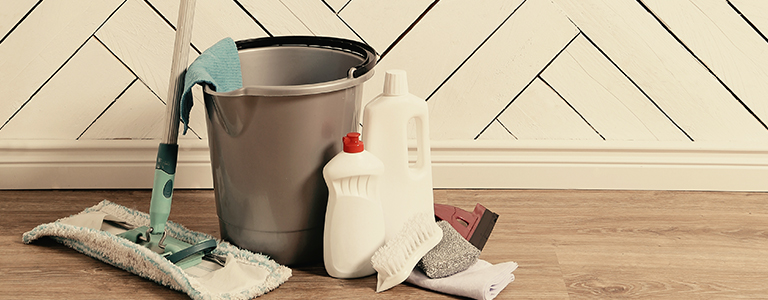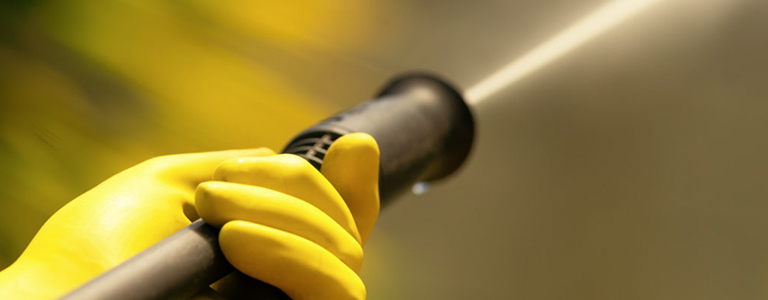How to remove mould from canvas awnings
3 mins readInstalling a canvas awning is a brilliant way to protect your home or business from sun damage. It also helps increase the curb appeal of your exterior.
Sydney’s properties during the rainy seasons or buildings positioned near the coastline are more susceptible to mould and mildew growth.
There is a difference between mould and mildew, and this is important to recognise as they both require different cleaning techniques.
Mould is darker in colour, fuzzy or slimy. On the other hand, mildew Is lighter in colour, usually white or grey, but can turn black over time.
The most substantial difference is that mould grows within the fabric and is a bit tougher to remove, while mildew usually sits on the surface of the material.
The adverse effects of this fungi can result in any of the following symptoms:
- Runny nose and congestion
- Eye irritation
- Sneezing
- Coughing
- Sore throat
- Skin rash
- Headache
- Lung irritation
- Wheezing
What supplies you need to clean your canvas awning
If you thought bleaching your mould away would get rid of the stubborn fungus, think again! Bleach doesn’t kill the mould; it feeds it!
Contrary to popular belief, bleach does not solve all your cleaning problems. In this case, mould responds to bleach by deactivating it and then using it as a food source.
It may look like you’ve killed the mould because the bleach is whitening the affected area.
It loses its colour, so it seems like it’s gone. But the colour returns in about three weeks.
You may be asking, what do you use if bleach won’t kill the pesty mould growth? Particular mould killer cleaning substances are usually the only way to go in these situations.
Here’s a list of suggested cleaning tools that can be helpful:
- Tarpaulin/plastic protective sheets
- Soft brush and/or broom
- Bucket
- A water jet or hose pipe with access to running water
- A ladder
- Cloth or rag suitable for cleaning
- A mild soap, mould killer or a canvas-cleaning product
The cleaning process
Before you begin, it is recommended that if possible, you take down the awnings to allow safer cleaning.
However, if this is not possible, be sure to use a sturdy ladder with a shelf on the top step to place all cleaning equipment securely.
Plastic sheets are your new best friend if you do not want to bother with the hassle of moving any outdoor furniture from underneath the canvas awning.
Here’s a quick and easy step-by-step process on how to clean your canvas awning effectively:
- Get a broom to brush off loose dirt.
- Now hose down or chuck a bucket or two of water over the canvas awning.
- Use your cleaning mixture to soak over the awning.
- Scrub a soft bristle brush over the surface, removing tougher stains.
- Leave the water to soak into the fabric.
- Lastly, rinse thoroughly until all residue is washed away.
Removing the awning to clean it allows you to minimise the danger of slips and falls, whilst also giving you the ability to soak it in the cleaning solution.
This will help lift tough stains and ensure that the canvas awning is completely free from mould.
Following this, you can easily re-apply a coating of fabric protector to extend the length of time for when you need to clean your awning again.
Make sure you wear protective equipment
Moulds are various types of fungi (singular = fungus) that grow in filaments and reproduce by forming spores that can travel through the air.
Mould may grow indoors or outdoors and thrives in damp, warm, and humid environments.
The most common types of household mould found indoors include Cladosporium, Penicillium, Alternaria, and Aspergillus.
Stachybotrys chartarum (also known as Stachybotrys atra and sometimes referred to as “black mould”) is a greenish-black indoor mould.
Although it is less common than the other types of mould found in homes, you may still encounter this when cleaning your awnings.
Moulds produce irritating properties that may act as allergy-causing substances (allergens) in sensitive people. Some moulds produce toxic substances known as mycotoxins but mould itself is not poisonous or toxic.
Allergic reactions to mould are the most common health effects. It can happen immediately or develop after a period following exposure. Both growing mould and mould spores may lead to allergic reactions.
To prevent any adverse health effects, wear sufficient protective equipment when battling your mould problem. Some good PPEs are masks, gloves and goggles. Cover up any skin that could be exposed to the mould as well.
At Eureka Awnings, we specialise in affordable quality external awning solutions to Sydney.
Contact us today on 1300 789 886 to find out more about our awnings and blinds both for residential and commercial needs.


